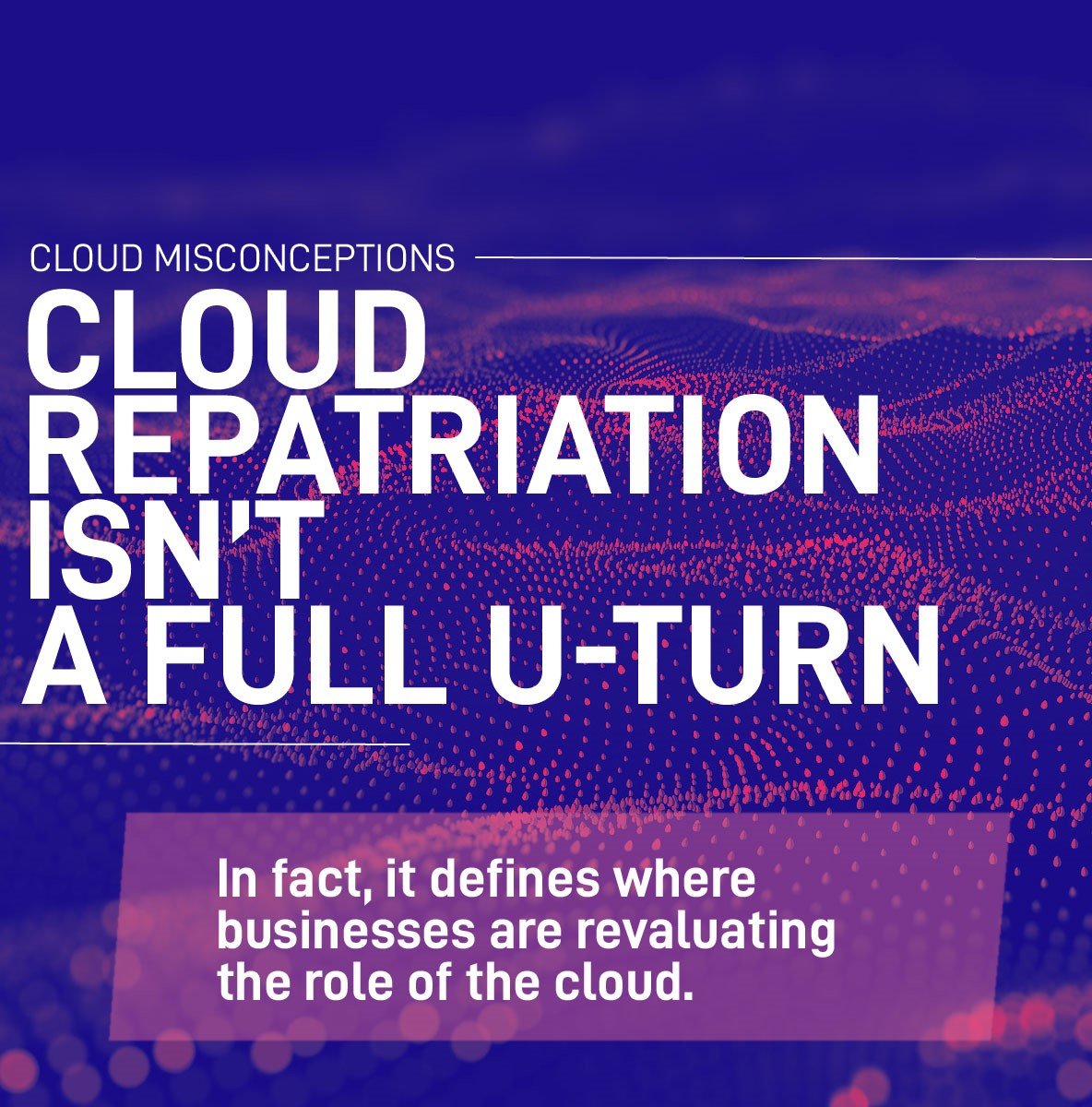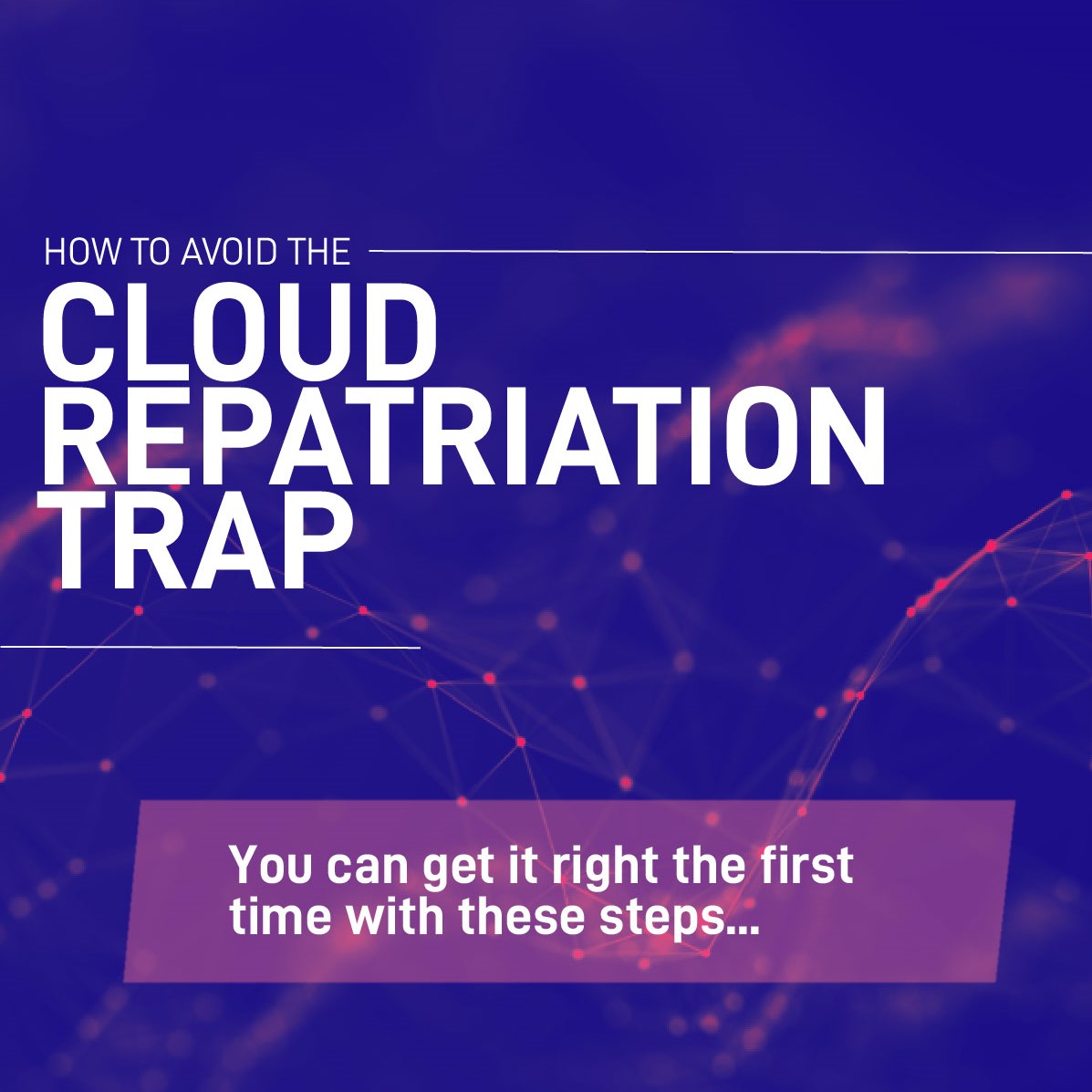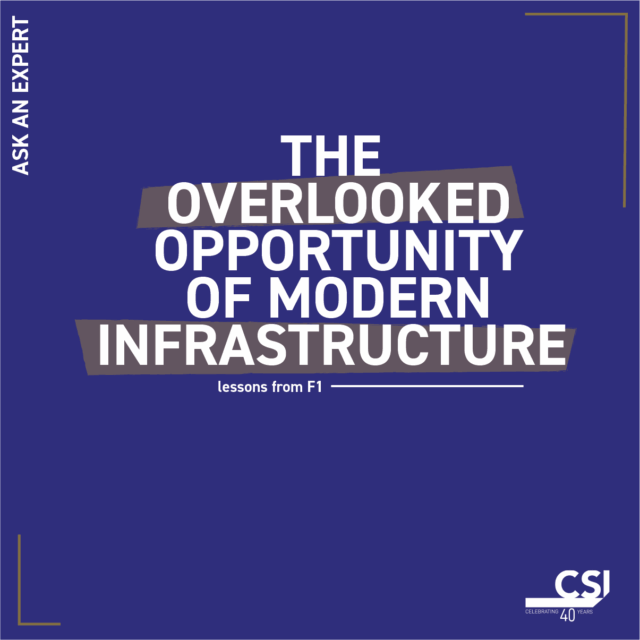The Cloud Repatriation Trap: How to Get it Right the First Time
Time to read: 10 mins
Some companies who had moved to the cloud are now reversing that decision. Is 2023 really the year of cloud repatriation or is it just another headline?
This post considers what’s driving the trend behind cloud repatriation and gives some pointers for building an optimal cloud strategy looking ahead in 2023 and beyond.
Jump ahead to the insights affecting you right now or read on to learn about the cloud repatriation trap.
What is cloud repatriation?
When we talk about cloud repatriation, we are typically referring to companies that are moving away from cloud providers such as AWS, GCP or Azure and bringing their data back in-house. If the decision to make cloud investments was based on certain assumptions, maybe now there is a change of heart.
CSI’s Public Cloud Leader, Amar Bilas, explains:
“There was a lot of technical excitement around the cloud. And also a lot of misunderstanding about the promise of transformation, agility and flexibility.”
Often applications that were moved by ‘lift and shift’ have not been optimised for the new environment, so latency issues can impact performance negatively. In some cases, the results of the move were not as expected, and where the cloud investment is not paying off, organisations are moving their data back to their on-premises data centres. In fact, companies are moving their workloads to the cloud and back again as circumstances change, but the costs of moving data are often underestimated or overlooked. This means that cloud strategy is more nuanced than we first thought.
Cloud repatriation does not mean reversing the investment in the cloud, it is more about a reality where businesses are having to revaluate their move to the cloud, maybe reverse their original plan and migrate again. In short, businesses are migrating repeatedly, and because of this and the associated cost and effort, they may not be reaping the benefits they expected.

What’s driving cloud repatriation?
Many organisations that are repatriating from the cloud are looking for cost savings. Prices have changed during the last 10 years, with hardware costs falling while public cloud platforms such as Azure and AWS can have surprisingly high running costs if improperly managed.
Some companies have seen their cloud costs skyrocket where they may have expanded and consumed more cloud resource than originally forecast. This, combined with the contract lock-ins that most providers impose and rising operational costs, can mean that a business no longer benefits from the original promise of business agility, and companies cannot predict how their costs will change as their business needs evolve. Or so it seems.
2023 is shaping up to be a year of squeezing costs as economic pressures push on household and business budgets, and IT budgets are often under scrutiny. The move to DevOps aims to counter this as organisations push for more control and better value for their budgets. However, the cloud decision is not just about maths and money, regulation can also be a factor.
Financial institutions, for example, may not be able to comply with the latest regulations if they place their workloads in the cloud. But even for organisations outside the financial sector, risk management is a large part of any decision.
Cloud repatriation challenges
Most of the issues driving cloud repatriation could have been avoided if the move to the cloud had been orchestrated more carefully from the start.
The choice between cloud technologies and an on-premises data centre may not be so black and white after all. Ultimately, some applications work best in a data centre while others need to reside locally for reasons of speed or security. Sometimes the answer will be a hybrid cloud or a multi-cloud strategy and the trend is towards more complex cloud models that will fit a business’s operational needs more closely. Some organisations may choose to use cloud services just for backup and resilience. Others may use the cloud to run, observe and even manage spikes in demand from their most performant workloads.
One key challenge with repatriation is whether the data from the cloud can be moved directly to the on-premises servers. The native functions of AWS and Azure may not be the same as in the local data centre, and if the cloud architecture is not mirrored exactly in-house some re-architecting will be required. Also, new AI applications may not operate on the cloud platform at all.
The Nirvana, at the crossroads of cloud migration and modernisation, is the process of “containerisation”. This is where applications become truly portable between cloud and native environments.
The containerisation concept allows developers to scale up and update applications to maintain the latest functionality without disrupting any other services. Container tools such as Red Hat OpenShift and Kubernetes are fast becoming popular because they are lightweight and easy to run in the cloud or on-premises, and they allow developers to bring new concepts from development to production faster than was possible before.
In reality, cloud repatriation may require a re-design of backup and business continuity provision, and, in most cases, there will be hardware to purchase and staff to recruit.

Take advice – make proper pre-migration plans
Businesses can avoid making unnecessary U-turns in their strategies if they plan correctly ahead of time. They should start with an investigation to decide which workloads should reside in the cloud – and those that are less optimal for a migration project.
Talking on the importance of preparing for the cloud, Amar observes:
“You should scale back before you move to the cloud and reassess, and then scale further. Finally, you must re-architect the processes, to get on top of cost control.”
A successful cloud strategy starts with a pre-migration plan which looks at each business application on its merits and carefully models future needs. The right path might be more than just “lift and shift”. A good cloud services provider (CSP) will consult and conduct analysis to see how the costs will scale. Getting the plan right at this stage will optimise costs for the future – and minimise the likelihood of cloud repatriation occurring.
How CSI helps
At CSI, our mission is to get cloud strategy right first time, and to migrate the right workloads at the right time. We have a concept of “scaffolding” which is a micro-service phase of planning and filtering that aims to prevent our clients from accumulating costs and finding obstacles down the road.
If you are worried about cloud costs spiralling and falling into the cloud repatriation trap, get in touch with one of our cloud experts today for a no-obligation talk.
About the author
Read More Articles

Storage
The Overlooked Opportunity of Modern Infrastructure
Hybrid Cloud in the Fast Lane If the allure of motorsport wasn’t in its franchises, or thrilling speeds alone, there’s…

Storage
What Happens When Life Sciences (Finally) Overcomes its Big Data Problem
Turn Data Deluge into Discovery The global healthcare and life sciences industry is on the front line of some of…

AI
Make AI Your Next (Strategic) Purchase
A DIFFERENT ANGLE Making AI Your Next ‘Hire’ Whilst AI isn’t replacing jobs in the way headlines often controversially claim,…
Ready to talk?
Get in touch today to discuss your IT challenges and goals. No matter what’s happening in your IT environment right now, discover how our experts can help your business discover its competitive edge.